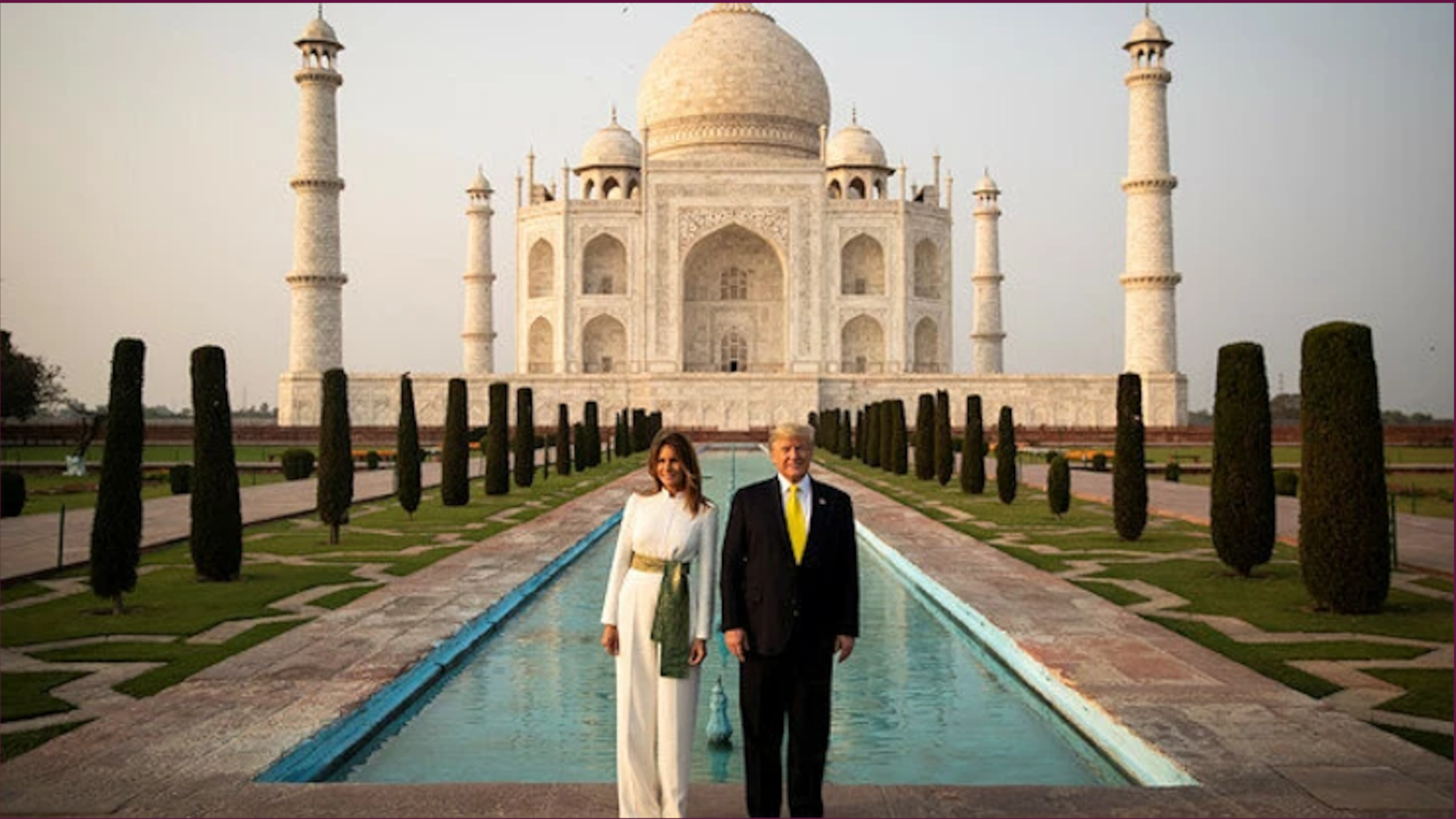Out of the many policies of Trump, his lasting legacy will be defined by his trade policies. Major trade decision by Trump is the formulation of the US Mexico Canada Trade Agreement (USMCA). However, it was his trade war with China (and India) that changed the landscape of international trade.
By Kislay Ranjan, Senior Manager – Strategic & Foreign Relations Practice
Image Source: New World Order
This post was originally published in New World Order.
The transition from the Trump administration to Biden is going to be difficult. The incumbent President, along with his cabinet, has not openly acknowledged the verdict and is in no mood, at present, to smoothly pass the baton to the President-elect. However, the real challenge will come post-transition. The new administration will have the option to continue with the Trump era policy or change it. Both will incur a cost, which may be dear to the new administration.
Out of the many policies of Trump, his lasting legacy will be defined by his trade policies. Major trade decision by Trump is the formulation of US Mexico Canada Trade Agreement (USMCA), slightly revised US-South Korea FTA( export increment from the US by 100%, caps on steel exports by South Korea) and withdrawal from Trans-Pacific Partnership (TPP). However, it was his trade war with China (and India) that changed the landscape of international trade.
Trump’s trade policy vis-a-vis India
Past is always a prologue to the future. To understand how India can navigate through new challenges, we must understand the effects of the Trump Presidency on US-India trade relations in the last four years. If one looks at the data, Indian exports to US have increased both in goods and services. In goods, Indian exports increased from USD 46 billion in 2016 to USD 57.7 billion in 2019. In services, the exports rose from 25.8 billion in 2016 to 29.74 billion during the same period. The imports also jumped from USD 21.7 billion to USD 34.29 billion for goods while in services the trade bloomed from USD 20.6 billion to 24.33 billion.
As the bilateral trade has increased in recent years, it seems that the trade relationship is mutually beneficial for both countries. However, President Trump considers trade deficit detrimental for the economy, and thus, India was on his agenda from the start. From criticizing Indian custom duty on Harley Davidson bikes to the removal of GSP amongst other things, Trump had kept Indian authorities on edge.
In 2018, the US launched Section 232 tariffs against steel (at 25%) and aluminium imports(10%) from India and other countries. The US also challenged India in WTO in 2018 over its use of export promotions schemes. Similarly, it challenged India in 2019 due to the imposition of retaliatory tariffs by the latter.
Apart from these steps, India also faced criticism from the US for its intellectual property practices in the annual Section 301 Report. It was again on the priority watch list. India is also on the list for Notorious Market for Counterfeiting and Piracy. Apart from online piracy, there are four physical markets in which counterfeit goods are sold openly.
The Trump presidency also adversely affected the work-related immigration from India. The work-related visas granted to Indians were reduced from 15,655 in 2016 to 13,272 in 2019. Similarly, the number of legal permanent residents (commonly known as Green card) for Indians was reduced from 20,747 in 2016 to 18,553 in 2019. There was a lot of confusion regarding the continuation of the H4 work authorization visa that was introduced in 2015 by the Obama administration for spouses of H1B visa holders. These steps gain more significance as the US stood second in foreign remittance to India in 2016-17.
Rationale behind Trump’s trade policies
Leaders are often path-dependent in some issue-based decision-making. They have limited ability to maneuver through issues as the options are confined. These confinements are set by checks and balances mentioned in the constitution and the will of the electorate. So, when a leader like Trump thinks out-of-the-box, he targets his core electorate and hopes to attract new ones. Because in the end, the agenda of every leader is to get re-elected.
In 2016, the votes which led to the Trump Presidency came from the Rust Belt states like Michigan, Wisconsin, and Iowa. These states were the centers of steel production and other heavy industries. However, with time, the industrial prowess in these places started to decline resulting in job losses. The average working class blamed foreign companies. Hence, this was a ripe opportunity for Trump. He tried to address this issue through his tariff policy.
Similarly, his effort to increase US agriculture and dairy exports can be attributed to the fact that farmers voted for Trump in heavy numbers. The dairy farmers also voted heavily in favor of Trump.
In 2016, the Pharma companies contributed heavily to the Republican coffers. They were uncomfortable with the Democratic nominee’s attempts to lower the drug price and hence, supported President Trump more in that election.
Conclusion
Hence, Trump’s trade policies had the backing of his electorate. Some part of his trade policies stemmed from the disillusionment of the working-class Americans with the status quo. Whether that disillusionment was valid is a different debate. However, it has not gone with the recent election verdict. India has to understand the concerns leading to that and find ways to address it if possible.
(Kislay Ranjan is Senior Manager (Strategic and Foreign Relations Practice) at Rashtram School of Public Leadership. He did his Master’s in Public Policy from Georgetown University and has worked in the Commerce Wing, Embassy of India (Washington DC, USA) as a Trade Analyst).

